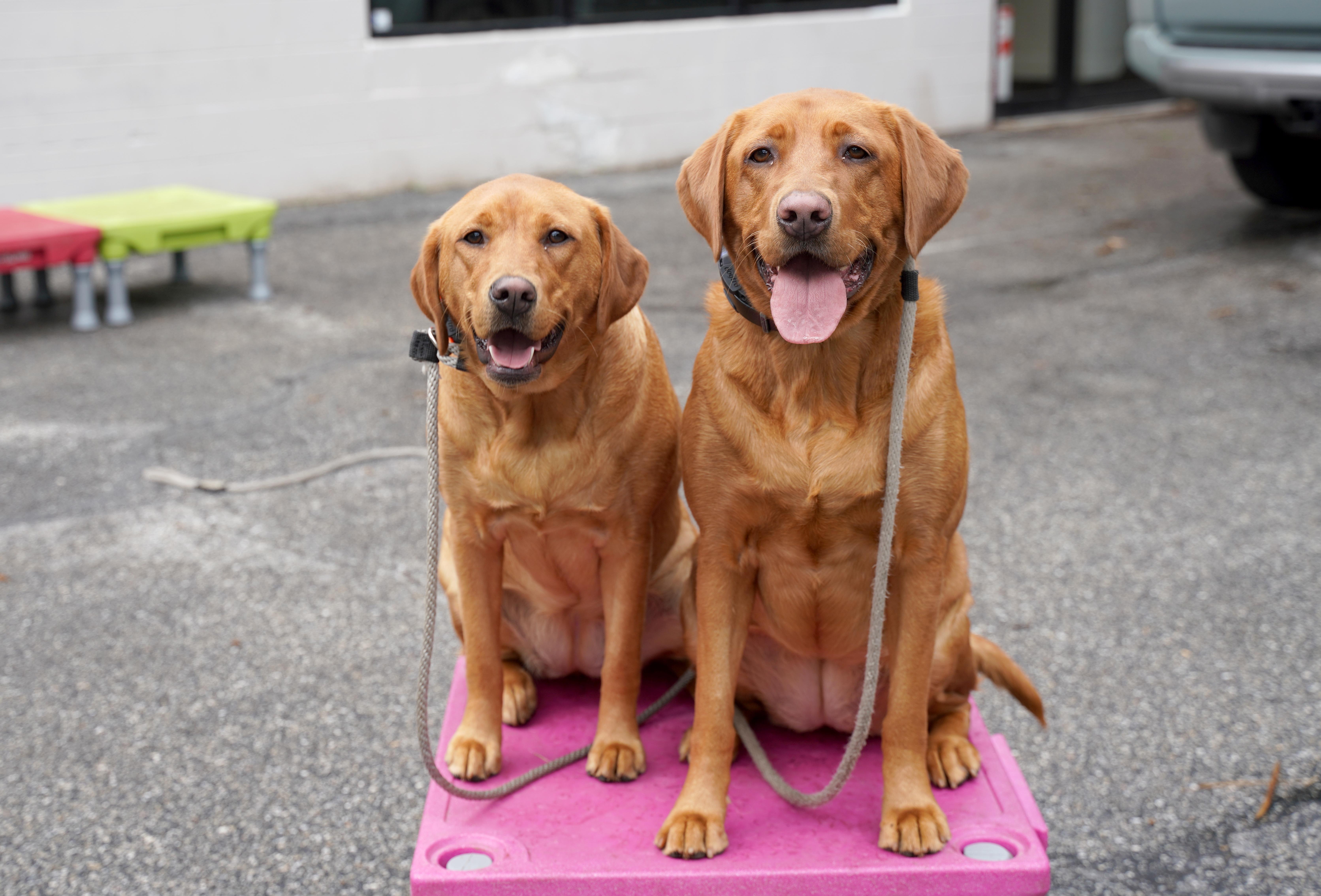Teaching your dog to walk calmly by your side is not just a skill; it’s a rewarding journey that strengthens the bond between you and your furry companion. Whether you’re strolling through the neighborhood or exploring a scenic trail, the experience becomes far more enjoyable when your dog walks beside you without pulling. This guide will gently walk you through the steps to achieve a harmonious walk with your canine friend, emphasizing patience, consistency, and positive reinforcement. By the end, you’ll not only have a well-behaved walking partner but also a deeper connection with your dog, making every walk a shared adventure.
Understanding Your Dogs Behavior and Motivation
Walking with your dog in harmony is a delightful experience, but it requires an understanding of what drives your furry friend. Dogs are motivated by a variety of factors including curiosity, social interactions, and the sheer joy of exploring their environment. Recognizing these motivations can help you guide their behavior more effectively during walks. To encourage your dog to walk beside you without pulling, consider the following strategies:
- Reward-Based Training: Use treats or verbal praise to reward your dog when they walk calmly by your side. This positive reinforcement encourages them to associate staying close with pleasant outcomes.
- Consistency is Key: Be consistent with your commands and expectations. Use the same cues each time, such as “heel” or “close,” to minimize confusion.
- Be Patient: Understand that learning takes time. Dogs, like humans, may need multiple repetitions to grasp a new behavior. Patience and persistence will pay off in the long run.
- Engage Their Senses: Allow your dog to explore with their senses, but guide their curiosity. Brief stops to sniff can be used as rewards for good behavior.
Remember, each dog is unique, and what works for one might not work for another. Adapt your approach to suit your dog’s personality and energy level, ensuring that both of you enjoy the journey as much as the destination.
Choosing the Right Equipment for a Comfortable Walk
When embarking on a journey to teach your furry friend to walk beside you without pulling, selecting the appropriate gear can make all the difference. Start by investing in a well-fitted harness that offers comfort and control. Unlike traditional collars, harnesses distribute pressure evenly across your dog’s body, reducing strain on their neck. Look for options with front-clip attachments as they can help redirect your dog’s momentum back towards you, promoting a more controlled walk.
- Leash Length: Opt for a leash that provides enough slack for your dog to explore, yet is short enough to maintain control. A 4 to 6-foot leash is often ideal.
- Material Matters: Choose a leash made from durable materials like nylon or leather to withstand the rigors of daily use.
- Reflective Features: Consider leashes and harnesses with reflective strips to enhance visibility during early morning or evening walks.
For added convenience, a treat pouch can be a valuable addition to your walking kit. Having treats readily accessible allows you to reward your dog instantly for good behavior, reinforcing their training. By carefully selecting the right equipment, you create a foundation for successful walks that are enjoyable for both you and your canine companion.

Step-by-Step Guide to Loose Leash Walking
Embarking on the journey to teach your furry friend to walk calmly by your side can be a rewarding experience. Begin by selecting a comfortable, well-fitted harness or collar and a standard leash. Consistency is key, so make sure to practice regularly in a distraction-free environment. Start by holding the leash with a relaxed grip, allowing some slack, and position your dog at your side. As you walk, encourage your dog with gentle praise or treats when they maintain a loose leash.
Remember, patience is essential. If your dog starts to pull, stop walking immediately and wait until the leash is slack again. Use cues like “let’s go” or a clicker to signal when to resume walking. Positive reinforcement will help your dog understand that walking beside you is a rewarding experience. Here are some tips to keep in mind:
- Practice in short, frequent sessions to avoid overwhelming your dog.
- Incorporate turns and changes of pace to maintain engagement.
- Gradually introduce distractions as your dog becomes more comfortable.

Positive Reinforcement Techniques to Encourage Good Habits
Training your furry friend to stroll gracefully by your side involves the art of positive reinforcement, where encouragement and rewards play a starring role. Start by equipping yourself with treats that your dog finds irresistible. As you embark on your walk, each time your dog stays close and maintains a loose leash, shower them with a treat and praise. This association of walking calmly with rewards helps them understand that good behavior leads to delightful outcomes.
- Consistency is key: Reinforce this behavior every time, and gradually increase the distance they walk beside you before rewarding.
- Use a marker: A clicker or a verbal cue like “yes” can be used to mark the exact moment your dog is doing the right thing, making it clear what behavior is being rewarded.
- Gradual challenges: Once your dog is comfortable, introduce mild distractions and reward them for maintaining their composure.
- Patience pays off: Remember, practice and patience are your allies. Celebrate small victories and stay positive throughout the journey.
These techniques transform walking into a bonding experience, fostering trust and mutual understanding between you and your dog, creating a harmonious stroll where both can enjoy the world around them.

